Better Habits in 2020: Sleep!
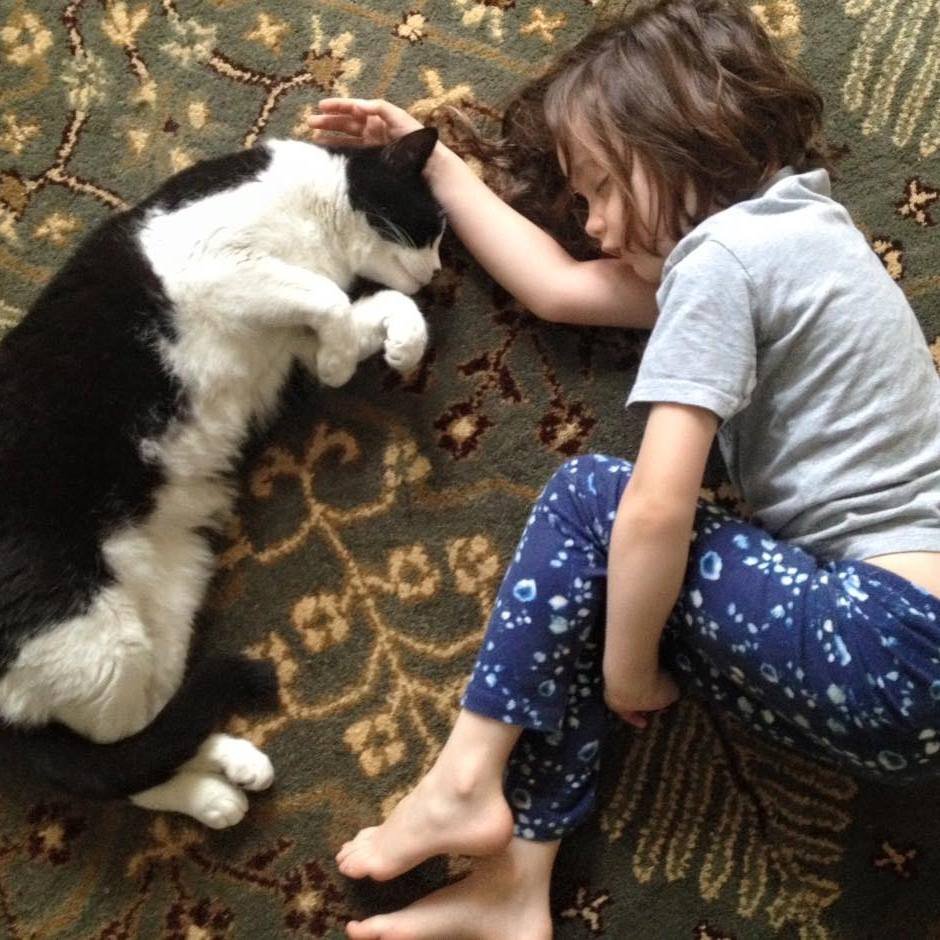 It's a new year and a new opportunity to check in with our family routines, to assess what is working and what might need a little work. In this series, Better Habits in 2020, we'll take a look at the kinds of things we can do to improve our and our children's lives. Today we'll start with what I personally believe is the mother of all good habits: sleep!Put simply, our brains and bodies just cannot do all they are supposed to do without adequate sleep—we depend on good, quality sleep for growth, memory, appetite regulation, physical fitness, heart health, emotional regulation, mental health, alert awareness, good performance at work or school, a working immune system and the ability to learn.
It's a new year and a new opportunity to check in with our family routines, to assess what is working and what might need a little work. In this series, Better Habits in 2020, we'll take a look at the kinds of things we can do to improve our and our children's lives. Today we'll start with what I personally believe is the mother of all good habits: sleep!Put simply, our brains and bodies just cannot do all they are supposed to do without adequate sleep—we depend on good, quality sleep for growth, memory, appetite regulation, physical fitness, heart health, emotional regulation, mental health, alert awareness, good performance at work or school, a working immune system and the ability to learn. While we might think of sleep as a time when everything shuts down, the truth is our bodies and brains, freed from the daily tasks of being awake, turn inward and get to work. Our physiological functions, like breathing, body temperature and heart rate, rest and slow down, conserving energy while the body generates and regenerates cells, heals damage and recovers from stress. And the brain works on organizing all of the data that came at it during the day. We lock in new information; consolidate and categorize that information with what we already know; build memories; carve out neural pathways for movement and speech; regulate emotions... the list goes on and on.This big work is happening in all of us, at every age, but in children this work is even bigger. They are physically growing and learning new things all the time. And the younger they are, the more growing and learning they are doing. From 0 to 6, children are absorbing, taking in everything—every single thing—around them, while also learning to walk, talk, eat, read and write. The right amount of sleep is absolutely essential for our children to be able to get this information settled into their brains and bodies. It is essential for them to be able to function happily and healthily.So what is the right amount of sleep? It's a lot more than many of us think. The American Academy of Pediatrics' recommendations for hours of sleep, by age group, are:
While we might think of sleep as a time when everything shuts down, the truth is our bodies and brains, freed from the daily tasks of being awake, turn inward and get to work. Our physiological functions, like breathing, body temperature and heart rate, rest and slow down, conserving energy while the body generates and regenerates cells, heals damage and recovers from stress. And the brain works on organizing all of the data that came at it during the day. We lock in new information; consolidate and categorize that information with what we already know; build memories; carve out neural pathways for movement and speech; regulate emotions... the list goes on and on.This big work is happening in all of us, at every age, but in children this work is even bigger. They are physically growing and learning new things all the time. And the younger they are, the more growing and learning they are doing. From 0 to 6, children are absorbing, taking in everything—every single thing—around them, while also learning to walk, talk, eat, read and write. The right amount of sleep is absolutely essential for our children to be able to get this information settled into their brains and bodies. It is essential for them to be able to function happily and healthily.So what is the right amount of sleep? It's a lot more than many of us think. The American Academy of Pediatrics' recommendations for hours of sleep, by age group, are:
- Infants 4 months to 12 months should sleep 12 to 16 hours per 24 hours (including naps).
- Children 1 to 2 years of age should sleep 11 to 14 hours per 24 hours (including naps).
- Children 3 to 5 years of age should sleep 10 to 13 hours per 24 hours (including naps).
- Children 6 to 12 years of age should sleep 9 to 12 hours per 24 hours.
- Teenagers 13 to 18 years of age should sleep 8 to 10 hours per 24 hours.
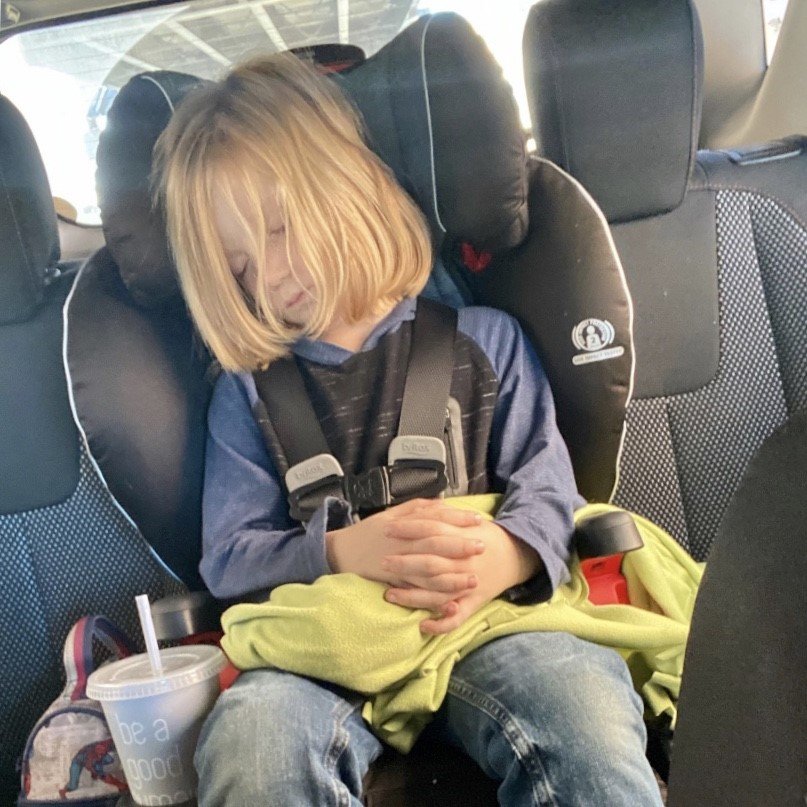 The immediate effects of a lack of sleep are familiar to any of us: irritability, fatigue, foggy thinking and just a general feeling of blech—things that might be helped with a nap. But the long term effects of a deficiency of sleep can be much more severe, including trouble focusing and concentrating, reduced immune system function, extreme stress, slower reflexes, impulsivity, anger and depression. So how do we do better? How do we help our children get the sleep they need?Jessie Braud, Guide in our P2 Children's House, explains, "Routine, routine, routine! It cannot be overstated." Indeed, routine is consistently touted by the experts as essential to creating the habit of good sleep. Nighttime routines can involve baths, stories, soothing music, sing-alongs, a walk around the block, whatever works for your family.Jessie adds, "Your child can contribute greatly to crafting an ideal bedtime routine for your family, so don't be afraid to let them help plan! Children need far more sleep than we do to be truly healthy. It can be hard, especially when parents are working late and wanting to spend time with their children. Winding down after dinnertime is important. Tone down the noise, tone down the lights in the house and allow your child the space and time to actually get sleepy. Incorporate family time into the process; memories created over bath time and bedtime stories last for years."
The immediate effects of a lack of sleep are familiar to any of us: irritability, fatigue, foggy thinking and just a general feeling of blech—things that might be helped with a nap. But the long term effects of a deficiency of sleep can be much more severe, including trouble focusing and concentrating, reduced immune system function, extreme stress, slower reflexes, impulsivity, anger and depression. So how do we do better? How do we help our children get the sleep they need?Jessie Braud, Guide in our P2 Children's House, explains, "Routine, routine, routine! It cannot be overstated." Indeed, routine is consistently touted by the experts as essential to creating the habit of good sleep. Nighttime routines can involve baths, stories, soothing music, sing-alongs, a walk around the block, whatever works for your family.Jessie adds, "Your child can contribute greatly to crafting an ideal bedtime routine for your family, so don't be afraid to let them help plan! Children need far more sleep than we do to be truly healthy. It can be hard, especially when parents are working late and wanting to spend time with their children. Winding down after dinnertime is important. Tone down the noise, tone down the lights in the house and allow your child the space and time to actually get sleepy. Incorporate family time into the process; memories created over bath time and bedtime stories last for years."
Tone down the noise, tone down the lights in the house and allow your child the space and time to actually get sleepy. Incorporate family time into the process; memories created over bath time and bedtime stories last for years.Jessie Braud
For more ideas about how to cultivate good sleep habits for yourself and your family, here's a list of sources for this post and other suggested reading:
- Sleeping Through the Night by Jodi A. Mindell
- Why We Sleep by Matthew Walker
- American Academy of Pediatrics Supports Childhood Sleep Guidelines
- Children and Sleep
- Perfecting Your Child's Bedtime Routine
- Sleep and the Developing Brain
- Sleep Deprivation and Deficiency
- What is Sleep?
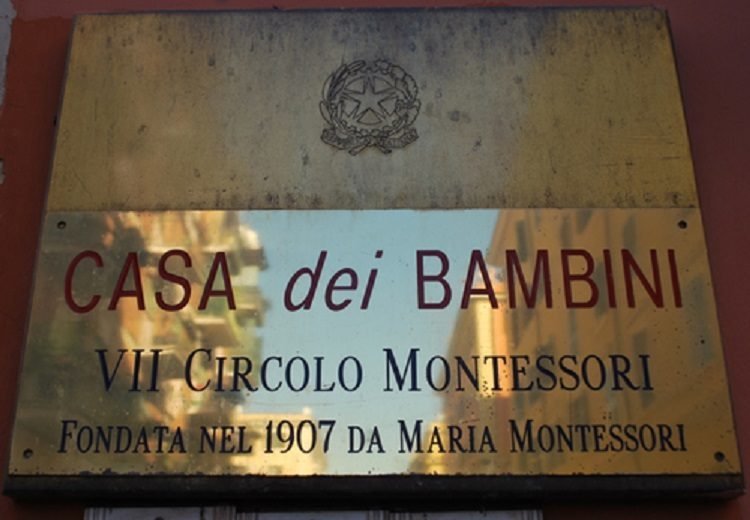



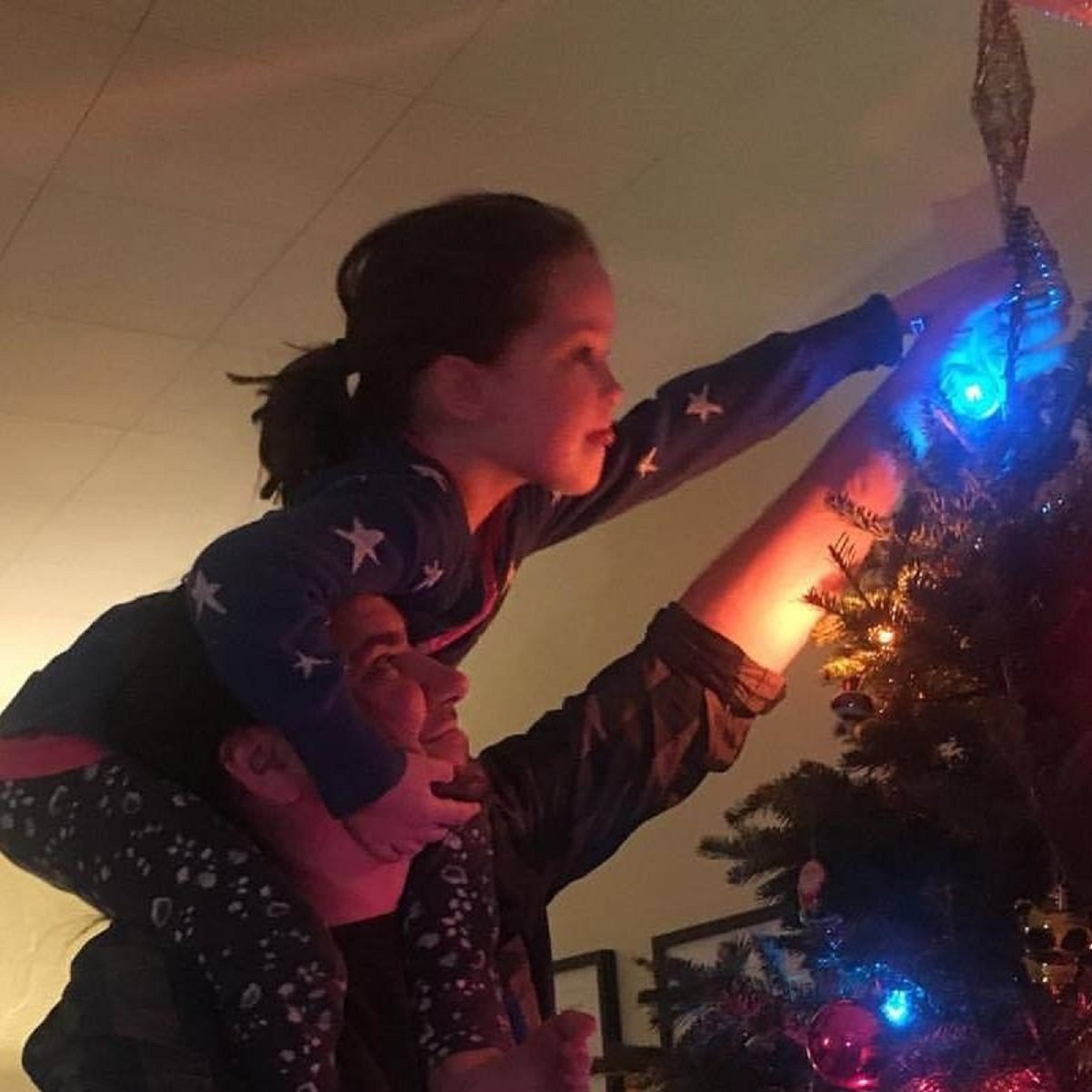
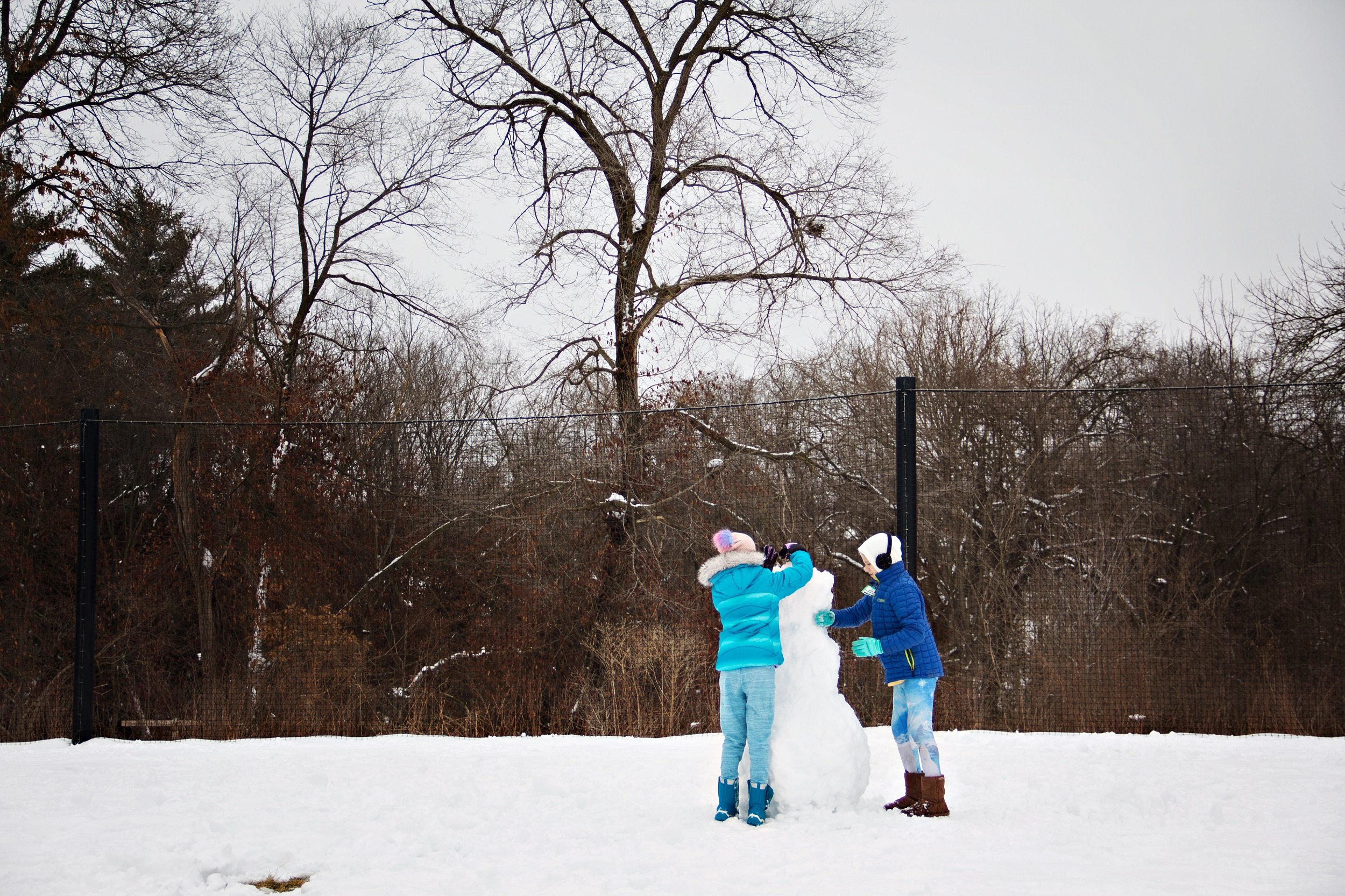






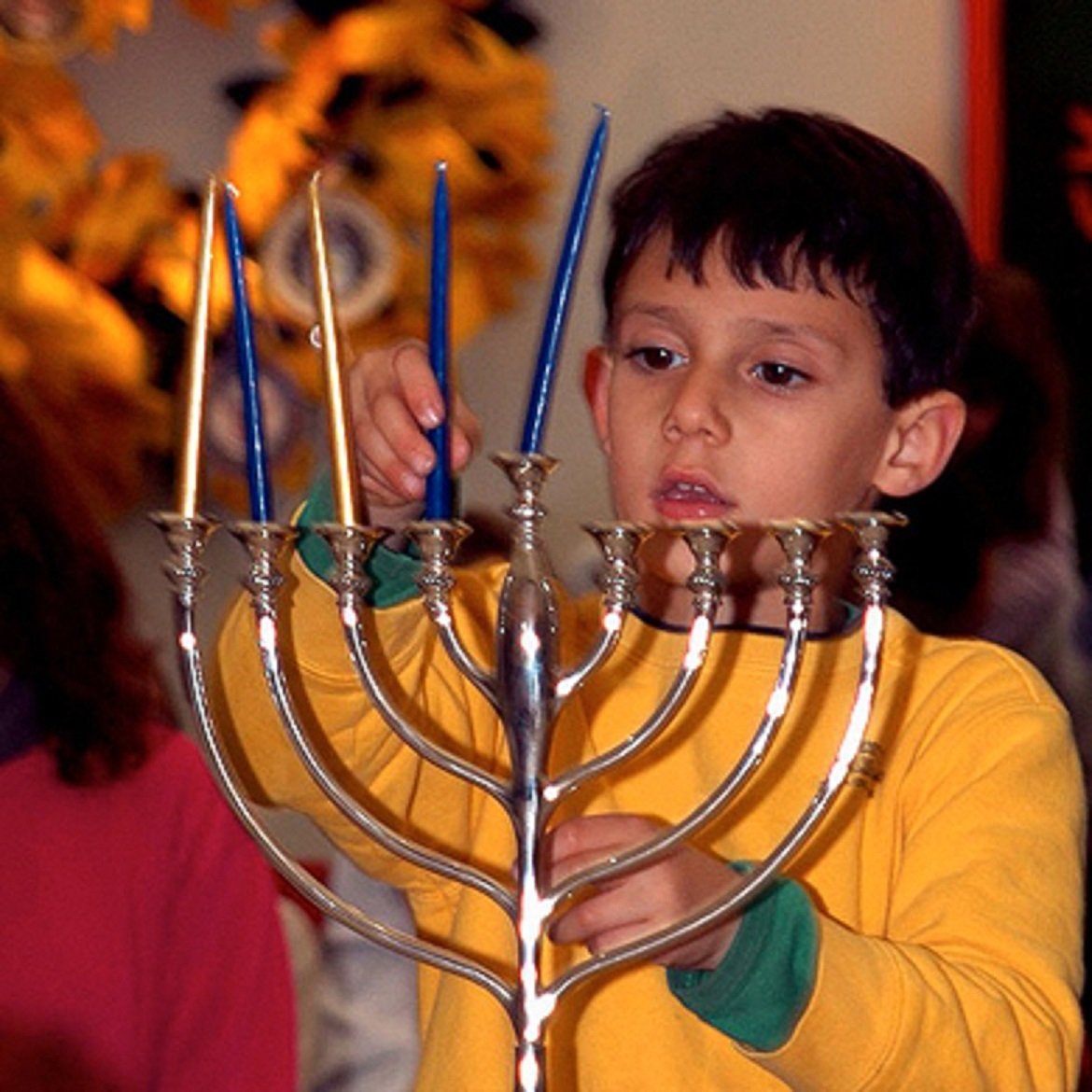





 Singing is a natural part of childhood. Most babies are surrounded by it, with parents and grandparents singing to them and music playing in our cars and homes. As children get older, they begin to play song games—they learn the alphabet and how to find their heads, shoulders, knees and toes. They begin to sing along at birthdays and holidays. They begin to make up songs, to dance and play with music. In school, they learn new songs and how to sing in groups. And as they grow into big kids, they ask you turn up the volume in the car for a Taylor Swift sing-along (if you're lucky!).
Singing is a natural part of childhood. Most babies are surrounded by it, with parents and grandparents singing to them and music playing in our cars and homes. As children get older, they begin to play song games—they learn the alphabet and how to find their heads, shoulders, knees and toes. They begin to sing along at birthdays and holidays. They begin to make up songs, to dance and play with music. In school, they learn new songs and how to sing in groups. And as they grow into big kids, they ask you turn up the volume in the car for a Taylor Swift sing-along (if you're lucky!). At Villa di Maria, singing is woven into our curriculum at every level—it is a common (and lovely) experience to hear songs coming from our classrooms. And while nothing beats the joyous sounds of children's voices, the real value in singing is not something we can hear at all; the real value is what's happening inside the brain.When we sing, our brains are exercising the auditory and visual pathways, processing language, controlling our vocal cords for pitch, regulating our breathing, accessing memory, recognizing and using patterns, tapping into motor control structures for rhythm, expressing personality and creativity and releasing endorphins. All of these things are happening at the same time when we sing—it is a top-to-bottom workout for the brain.Children especially benefit from this multitasking because their brains are growing and learning. In just a few songs, children learn new vocabulary and rhyming. They practice listening and following directions. They learn to enunciate and control the volume of their voices. They concentrate and memorize. They work together to sing in unison or in rounds. They exercise their imaginations and express themselves. Singing also offers the opportunity to practice posture and body-control.And there's something else: when children sing to perform, they build confidence. They learn that their voices can be powerful and beautiful. They learn to take take pride in themselves and their creativity. This benefits not only the children themselves, but also those of us who are lucky enough to be in their audience and in their lives.
At Villa di Maria, singing is woven into our curriculum at every level—it is a common (and lovely) experience to hear songs coming from our classrooms. And while nothing beats the joyous sounds of children's voices, the real value in singing is not something we can hear at all; the real value is what's happening inside the brain.When we sing, our brains are exercising the auditory and visual pathways, processing language, controlling our vocal cords for pitch, regulating our breathing, accessing memory, recognizing and using patterns, tapping into motor control structures for rhythm, expressing personality and creativity and releasing endorphins. All of these things are happening at the same time when we sing—it is a top-to-bottom workout for the brain.Children especially benefit from this multitasking because their brains are growing and learning. In just a few songs, children learn new vocabulary and rhyming. They practice listening and following directions. They learn to enunciate and control the volume of their voices. They concentrate and memorize. They work together to sing in unison or in rounds. They exercise their imaginations and express themselves. Singing also offers the opportunity to practice posture and body-control.And there's something else: when children sing to perform, they build confidence. They learn that their voices can be powerful and beautiful. They learn to take take pride in themselves and their creativity. This benefits not only the children themselves, but also those of us who are lucky enough to be in their audience and in their lives. Here at VdM, we have two formal performances, our Winter and Spring Concerts. Tomorrow, we'll peek in on our Children's House singers as they prepare for the upcoming Winter Concert. Stay tuned! Sources and suggested reading:Music, Language, and the Brain by Aniruddh D. PatelThe Singing Neanderthals: The Origins of Music, Language, Mind and Body by Steven Mithen
Here at VdM, we have two formal performances, our Winter and Spring Concerts. Tomorrow, we'll peek in on our Children's House singers as they prepare for the upcoming Winter Concert. Stay tuned! Sources and suggested reading:Music, Language, and the Brain by Aniruddh D. PatelThe Singing Neanderthals: The Origins of Music, Language, Mind and Body by Steven Mithen



 For those of us who love to see Santa, he will be here! (Don't forget, there's another special guest... keep reading.) Many of our families use this event for their Santa photo-ops. They are offered to our families at no cost by the talented photographers among our parent community.
For those of us who love to see Santa, he will be here! (Don't forget, there's another special guest... keep reading.) Many of our families use this event for their Santa photo-ops. They are offered to our families at no cost by the talented photographers among our parent community.

 And this year, we are thrilled to have another special guest—Steph Plant! Steph is an AMI Primary Guide and a former VdM Assistant. She is also an author and singer/songwriter. During Winterfest, Steph will sing songs from her nature-inspired children’s music album Moth Wings and Other Things. Copies of Steph's album, as well as her children's book The Slithering Snake, will be available to purchase at the event.
And this year, we are thrilled to have another special guest—Steph Plant! Steph is an AMI Primary Guide and a former VdM Assistant. She is also an author and singer/songwriter. During Winterfest, Steph will sing songs from her nature-inspired children’s music album Moth Wings and Other Things. Copies of Steph's album, as well as her children's book The Slithering Snake, will be available to purchase at the event.
 The very best part of Villa di Maria is our people. Our community of families, faculty and staff is something to be proud of. In this series, We are VdM, we’ll highlight the energies, talents, humor and wisdom of some of our amazing people. Today we’ll kick off the series by featuring the Strongs, Maya and her parents Pratistha and Charles. Maya is in her first year in Lower Elementary with Ms. Megan. This is the Strongs' second year here at VdM.Villa di Maria: Tell us a bit about you and your family.Pratistha: We are three free spirits trying to figure life as we go along. I am Nepali, born in Kathmandu, but raised mostly in Texas. Charles is half-Dominican, half-Okie, with a dash of Chikasaw, born and bred in Texas. Maya is an amalgam of us—trilingual (she is even trying to learn French now), loves anything spicy, and she truly lives up to her name: Maya means love or illusion in Nepali.
The very best part of Villa di Maria is our people. Our community of families, faculty and staff is something to be proud of. In this series, We are VdM, we’ll highlight the energies, talents, humor and wisdom of some of our amazing people. Today we’ll kick off the series by featuring the Strongs, Maya and her parents Pratistha and Charles. Maya is in her first year in Lower Elementary with Ms. Megan. This is the Strongs' second year here at VdM.Villa di Maria: Tell us a bit about you and your family.Pratistha: We are three free spirits trying to figure life as we go along. I am Nepali, born in Kathmandu, but raised mostly in Texas. Charles is half-Dominican, half-Okie, with a dash of Chikasaw, born and bred in Texas. Maya is an amalgam of us—trilingual (she is even trying to learn French now), loves anything spicy, and she truly lives up to her name: Maya means love or illusion in Nepali. VdM: Where are you from and what brought you to Villa di Maria?Pratistha: Well, it is an interesting story. We were brought to Villa from a guide that Maya had in Jefferson City, MO. We were at a crossroads of where to go at the end of the school year a couple of years ago. Maya's guide told us about this little school in Kirkwood that she thought would be a good fit for us. We were looking for AMI schools all over Texas, but decided to drive up for a weekend trip to St. Louis after the suggestion was made. After checking it out and meeting with Laura Ceretti-Michelman, we knew we could just up and move to Kirkwood without any fear! People think we are crazy, but we moved to Kirkwood because of Villa di Maria! It has been the best decision that we have made not only for Maya, but for us as parents too!VdM: What do you do, career-wise?Pratistha: I am a primary care physician and Charles is a pharmacist. We own and operate Kathmandu Clinic, my hometown namesake, that is located in Kirkwood. Please visit my
VdM: Where are you from and what brought you to Villa di Maria?Pratistha: Well, it is an interesting story. We were brought to Villa from a guide that Maya had in Jefferson City, MO. We were at a crossroads of where to go at the end of the school year a couple of years ago. Maya's guide told us about this little school in Kirkwood that she thought would be a good fit for us. We were looking for AMI schools all over Texas, but decided to drive up for a weekend trip to St. Louis after the suggestion was made. After checking it out and meeting with Laura Ceretti-Michelman, we knew we could just up and move to Kirkwood without any fear! People think we are crazy, but we moved to Kirkwood because of Villa di Maria! It has been the best decision that we have made not only for Maya, but for us as parents too!VdM: What do you do, career-wise?Pratistha: I am a primary care physician and Charles is a pharmacist. We own and operate Kathmandu Clinic, my hometown namesake, that is located in Kirkwood. Please visit my  VdM: What is your favorite close-to-home family activity?Pratistha: We usually like to garden, whether it is in our own backyard or at Villa di Maria. We get really excited about growing food and medicine. We also enjoy hiking, going to museums, watching sci-fi, reading Harry Potter and finding fun places to eat around town.VdM: A question specifically for Maya, what has been your favorite part of Lower Elementary so far?Pratistha: Maya said she likes recess because she can now play all over the campus. She likes playing at the pavilion, in the field, and playing four square with the upper elementary kids. She also likes lunchtime! Her favorite new lesson is Animal Cards. She also likes the new variety of chores and added responsibility in the classroom.Thank you, Pratistha, Charles and Maya. We are so happy to have you in the VdM family!Photos courtesy of the Strongs, taken in Kathmandu in December 2018.
VdM: What is your favorite close-to-home family activity?Pratistha: We usually like to garden, whether it is in our own backyard or at Villa di Maria. We get really excited about growing food and medicine. We also enjoy hiking, going to museums, watching sci-fi, reading Harry Potter and finding fun places to eat around town.VdM: A question specifically for Maya, what has been your favorite part of Lower Elementary so far?Pratistha: Maya said she likes recess because she can now play all over the campus. She likes playing at the pavilion, in the field, and playing four square with the upper elementary kids. She also likes lunchtime! Her favorite new lesson is Animal Cards. She also likes the new variety of chores and added responsibility in the classroom.Thank you, Pratistha, Charles and Maya. We are so happy to have you in the VdM family!Photos courtesy of the Strongs, taken in Kathmandu in December 2018.  On Saturday several Villa di Maria parents, faculty and staff members gathered for an immersive, hands-on workshop all about the work our children do each day. The participants explored the Children's House and Elementary environments, worked with the materials firsthand, and received lessons from our guides. Within the classrooms, the participants experienced the freedoms to move and to choose their own work—in other words, they experienced our school in the ways our children do.
On Saturday several Villa di Maria parents, faculty and staff members gathered for an immersive, hands-on workshop all about the work our children do each day. The participants explored the Children's House and Elementary environments, worked with the materials firsthand, and received lessons from our guides. Within the classrooms, the participants experienced the freedoms to move and to choose their own work—in other words, they experienced our school in the ways our children do.


 In Lower Elementary participants were joined by Guides Megan Eilers, Rebecca Callander and Katie Nelson to do the work of our first-, second- and third-year students.
In Lower Elementary participants were joined by Guides Megan Eilers, Rebecca Callander and Katie Nelson to do the work of our first-, second- and third-year students. 



 Megan, Rebecca and Katie moved with the group into Upper Elementary, to do the work of our fourth-, fifth- and sixth-year students.
Megan, Rebecca and Katie moved with the group into Upper Elementary, to do the work of our fourth-, fifth- and sixth-year students. 

 When the classroom work was done, everyone gathered to discuss their experiences. "What happens at this event," explains Robyn, "is that the work parents are doing in these environments reveals something about their own lives, about their own experiences as children in school. And it reveals something about their children's lives, their experiences here. They are understanding their children in a different way. It is an awesome opportunity."
When the classroom work was done, everyone gathered to discuss their experiences. "What happens at this event," explains Robyn, "is that the work parents are doing in these environments reveals something about their own lives, about their own experiences as children in school. And it reveals something about their children's lives, their experiences here. They are understanding their children in a different way. It is an awesome opportunity."
 Yesterday, our Children’s House extended day children took their first field trip of the year. Dressed in their most special concert-going attire, they headed to
Yesterday, our Children’s House extended day children took their first field trip of the year. Dressed in their most special concert-going attire, they headed to 


 The children heard ballads from Revolutionary America, Southern gospels, "cowboy songs" and 20th century folk music. And they did some other very exciting and important things: they explored their world by visiting one of St. Louis' cultural gems; they practiced grace and courtesy when they filed quietly through the doors of the concert hall and into their seats in the auditorium; they engaged their curiosity when new instruments and melodies were on the stage; they grew their vocabularies when they listened to the discussions. (And did I mention, they rode on a genuine yellow school bus?)
The children heard ballads from Revolutionary America, Southern gospels, "cowboy songs" and 20th century folk music. And they did some other very exciting and important things: they explored their world by visiting one of St. Louis' cultural gems; they practiced grace and courtesy when they filed quietly through the doors of the concert hall and into their seats in the auditorium; they engaged their curiosity when new instruments and melodies were on the stage; they grew their vocabularies when they listened to the discussions. (And did I mention, they rode on a genuine yellow school bus?) 




 As they move toward elementary, these children are starting to explore their roles in relation to the greater world. Big work, friends. High five!
As they move toward elementary, these children are starting to explore their roles in relation to the greater world. Big work, friends. High five! 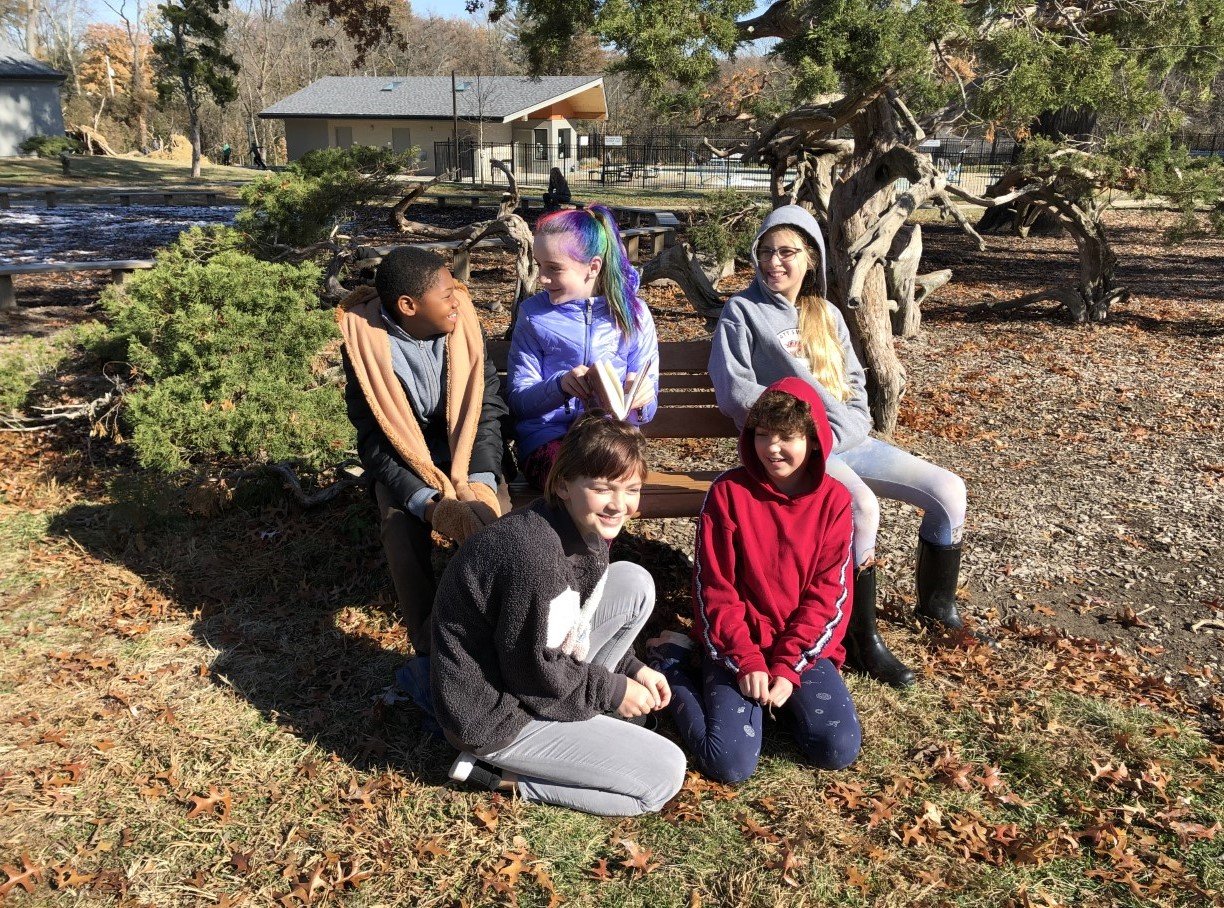 Happy November! The VdM blog has been on a little hiatus, but we are back and ready to talk about all the wonderful things happening in the VdM community. My name is Hilary Lord, and most of you know me as the registrar and business manager. I am also a long-time VdM parent, a former Montessori child and have worked as a writer and editor. Most importantly, I love Villa di Maria—we all do!—and I am excited to share more of it with you.While the blog was resting these past couple of months, VdM has been going strong! We’ve been busy with lessons, songs, dish days and hot lunches, Open House, MMUN preparations, the Boo Fest redo, Halloween parties and historical figure reports, parent-guide conferences, several goings out in the elementary, a few birthday celebrations and a couple of campouts.If you ask the children, I’d imagine they’d say their favorite new thing of 2019-2020 is the playground—and it is pretty great! But I’d say the best part of 2019-2020 so far is the people. This school year, we’ve welcomed 19 new families and 16 new siblings of current families into our community.Our campus is alive with the enthusiasm and joy these children bring each and every day. From the Detective Adjective Game and caring for the classroom pets to mastering all nine grammar boxes and growing new friendships, the work our children do on this campus is big and important. It is an honor to witness it and to share it with you. Stay tuned—there’s so much great stuff to come!
Happy November! The VdM blog has been on a little hiatus, but we are back and ready to talk about all the wonderful things happening in the VdM community. My name is Hilary Lord, and most of you know me as the registrar and business manager. I am also a long-time VdM parent, a former Montessori child and have worked as a writer and editor. Most importantly, I love Villa di Maria—we all do!—and I am excited to share more of it with you.While the blog was resting these past couple of months, VdM has been going strong! We’ve been busy with lessons, songs, dish days and hot lunches, Open House, MMUN preparations, the Boo Fest redo, Halloween parties and historical figure reports, parent-guide conferences, several goings out in the elementary, a few birthday celebrations and a couple of campouts.If you ask the children, I’d imagine they’d say their favorite new thing of 2019-2020 is the playground—and it is pretty great! But I’d say the best part of 2019-2020 so far is the people. This school year, we’ve welcomed 19 new families and 16 new siblings of current families into our community.Our campus is alive with the enthusiasm and joy these children bring each and every day. From the Detective Adjective Game and caring for the classroom pets to mastering all nine grammar boxes and growing new friendships, the work our children do on this campus is big and important. It is an honor to witness it and to share it with you. Stay tuned—there’s so much great stuff to come!
 The weather was just warm enough to enjoy snow cones - yay!
The weather was just warm enough to enjoy snow cones - yay! Getting into the circus state of mind with red noses!
Getting into the circus state of mind with red noses! We were joined by some seriously skilled face painters!
We were joined by some seriously skilled face painters! And, a perennial favorite, balloon animals (and other creations!).
And, a perennial favorite, balloon animals (and other creations!).


 This year Circus Night fell on the same day as Give STL day, and we celebrated reaching (and surpassing!) our goal by ... giving our esteemed Head of School a pie in the face! She came prepared (read: she knew we'd knock this day of giving out of the park!) and took it like a champ.
This year Circus Night fell on the same day as Give STL day, and we celebrated reaching (and surpassing!) our goal by ... giving our esteemed Head of School a pie in the face! She came prepared (read: she knew we'd knock this day of giving out of the park!) and took it like a champ.


 Circus performers entranced their audience - laughter, giggles, and joy ensued!
Circus performers entranced their audience - laughter, giggles, and joy ensued!




 Perhaps the best part of the night was just hanging out with friends and enjoying our beautiful campus on a perfect night!
Perhaps the best part of the night was just hanging out with friends and enjoying our beautiful campus on a perfect night!


 The joy of Circus Night was captured brilliantly by the one and only Melinda Smith. Thank you Melinda!
The joy of Circus Night was captured brilliantly by the one and only Melinda Smith. Thank you Melinda!
 Walking through Villa di Maria’s campus is striking to experience. Growth is visible in the new facilities; the Magic Circle beckons with its inviting benches; there is no shortage of space to run, play and explore. Look inside any of the buildings and you’re met with stunning classrooms full of beautiful, well-crafted materials. Best of all, inside and out there are children who are thriving in these environments which have been diligently set up to meet their needs. This is truly a place of great joy.Villa di Maria is lucky to have an active and supportive community that brings the Montessori vision to reality. One of the many facets of our community is that we collectively make seemingly impossible things possible. This includes supporting the school’s long-standing commitment to being as affordable as possible. As tuition does not cover the cost of all that Villa di Maria provides, we have kicked off The Fund for Villa di Maria and are asking that you join us in supporting the future of our school. Below Jade Venditte, VdM’s Director of Development, Diversity and Inclusion answers some frequently asked questions around The Fund.
Walking through Villa di Maria’s campus is striking to experience. Growth is visible in the new facilities; the Magic Circle beckons with its inviting benches; there is no shortage of space to run, play and explore. Look inside any of the buildings and you’re met with stunning classrooms full of beautiful, well-crafted materials. Best of all, inside and out there are children who are thriving in these environments which have been diligently set up to meet their needs. This is truly a place of great joy.Villa di Maria is lucky to have an active and supportive community that brings the Montessori vision to reality. One of the many facets of our community is that we collectively make seemingly impossible things possible. This includes supporting the school’s long-standing commitment to being as affordable as possible. As tuition does not cover the cost of all that Villa di Maria provides, we have kicked off The Fund for Villa di Maria and are asking that you join us in supporting the future of our school. Below Jade Venditte, VdM’s Director of Development, Diversity and Inclusion answers some frequently asked questions around The Fund. What is The Fund for Villa di Maria?The Fund for Villa di Maria is an annual giving campaign raising money for the school’s current-year operating expenses. Gifts to The Fund make up the difference between what tuition covers and the actual cost of running the school. These dollars pay teacher salaries and benefits, classroom materials, continuing education, caring for the grounds and necessities such as toilet paper and light bulbs!My family is already paying tuition. What does my child get when we donate money as well?Gifts are necessary because tuition does not cover the cost of everything we offer at Villa di Maria. It supports the people and programs that make Villa di Maria so special. This means exceptionally trained guides and directresses (aka teachers). Beautiful environments. Authentic Montessori materials. Real-world experiences.
What is The Fund for Villa di Maria?The Fund for Villa di Maria is an annual giving campaign raising money for the school’s current-year operating expenses. Gifts to The Fund make up the difference between what tuition covers and the actual cost of running the school. These dollars pay teacher salaries and benefits, classroom materials, continuing education, caring for the grounds and necessities such as toilet paper and light bulbs!My family is already paying tuition. What does my child get when we donate money as well?Gifts are necessary because tuition does not cover the cost of everything we offer at Villa di Maria. It supports the people and programs that make Villa di Maria so special. This means exceptionally trained guides and directresses (aka teachers). Beautiful environments. Authentic Montessori materials. Real-world experiences. Wait, we aren’t simply raising money for a chicken coop?Nope. The school needs to raise much more than a chicken coop. BUT! Fundraising should be FUN! By coming together to close the tuition gap, we are strengthening our community tangibly, but also creating a sense of collective impact. It’s motivating to have a goal and fun for the children to see that when we all work together, we can achieve great things! The chickens are a reward that is meaningful and will impact care of the environment for years to come!How does financial aid fit into the fundraising picture?Your gifts help VdM offer the financial aid that supports an economically diverse student body. The Fund for Villa di Maria is raising money for operating costs, and that means that the school has more funds available to offer financial aid. Your gifts make the school affordable to a wider range of students, bringing the benefits of social and economic diversity to the community .How much difference can my gift make?As a small independent school, VdM has many fewer supporters than a university or a larger charity. Your gifts to Villa di Maria are an investment that truly has a high return. And, because the number of people who will give is small but the need is large, every gift counts even more.
Wait, we aren’t simply raising money for a chicken coop?Nope. The school needs to raise much more than a chicken coop. BUT! Fundraising should be FUN! By coming together to close the tuition gap, we are strengthening our community tangibly, but also creating a sense of collective impact. It’s motivating to have a goal and fun for the children to see that when we all work together, we can achieve great things! The chickens are a reward that is meaningful and will impact care of the environment for years to come!How does financial aid fit into the fundraising picture?Your gifts help VdM offer the financial aid that supports an economically diverse student body. The Fund for Villa di Maria is raising money for operating costs, and that means that the school has more funds available to offer financial aid. Your gifts make the school affordable to a wider range of students, bringing the benefits of social and economic diversity to the community .How much difference can my gift make?As a small independent school, VdM has many fewer supporters than a university or a larger charity. Your gifts to Villa di Maria are an investment that truly has a high return. And, because the number of people who will give is small but the need is large, every gift counts even more. Note: This content is inspired by the National Association of Independent School’s publication, The Gifts That Keep On Giving: Frequently unasked questions about why your independent school wants both tuition and a donation.
Note: This content is inspired by the National Association of Independent School’s publication, The Gifts That Keep On Giving: Frequently unasked questions about why your independent school wants both tuition and a donation.



 In the Racks and Tubes classroom they tasted a variety of Jewish foods. Latkas and toppings were prepared by the children that morning!
In the Racks and Tubes classroom they tasted a variety of Jewish foods. Latkas and toppings were prepared by the children that morning!
 The Upper Elementary classroom offered a hands on experience, making an Elijah's cup, after hearing about the ceremonial cup being left out at the Seder meal.
The Upper Elementary classroom offered a hands on experience, making an Elijah's cup, after hearing about the ceremonial cup being left out at the Seder meal.

 The final, and perhaps favorite station was in the Checkerboard classroom where parent, Dan Sweeney, shared the story of Passover. He warmed the students up by teaching them how to make some of the sounds of the Hebrew language and encouraging them to repeat the sounds all day. From there he delved into the story of Passover, leaving ample openings for children to chime in with what they knew or what they had questions about. They were rapt with his storytelling and fully engaged when he invited them to taste matzos and sparkling grape juice. He ended the session by showing what is served at a traditional Seder meal and explaining what each food symbolizes.
The final, and perhaps favorite station was in the Checkerboard classroom where parent, Dan Sweeney, shared the story of Passover. He warmed the students up by teaching them how to make some of the sounds of the Hebrew language and encouraging them to repeat the sounds all day. From there he delved into the story of Passover, leaving ample openings for children to chime in with what they knew or what they had questions about. They were rapt with his storytelling and fully engaged when he invited them to taste matzos and sparkling grape juice. He ended the session by showing what is served at a traditional Seder meal and explaining what each food symbolizes.

 The afternoon was an opportunity for some children to share their traditions and for others to learn something new. Our thanks to Dan, Diana, the entire Elementary staff, and Jade Venditte for putting this rich experience together for our children!
The afternoon was an opportunity for some children to share their traditions and for others to learn something new. Our thanks to Dan, Diana, the entire Elementary staff, and Jade Venditte for putting this rich experience together for our children!

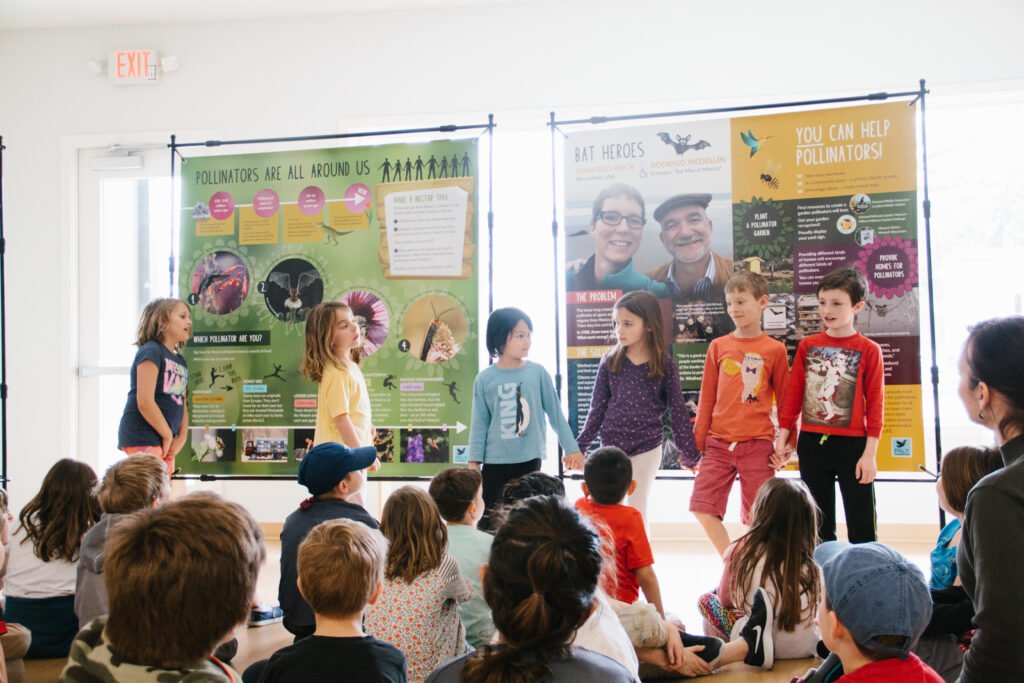
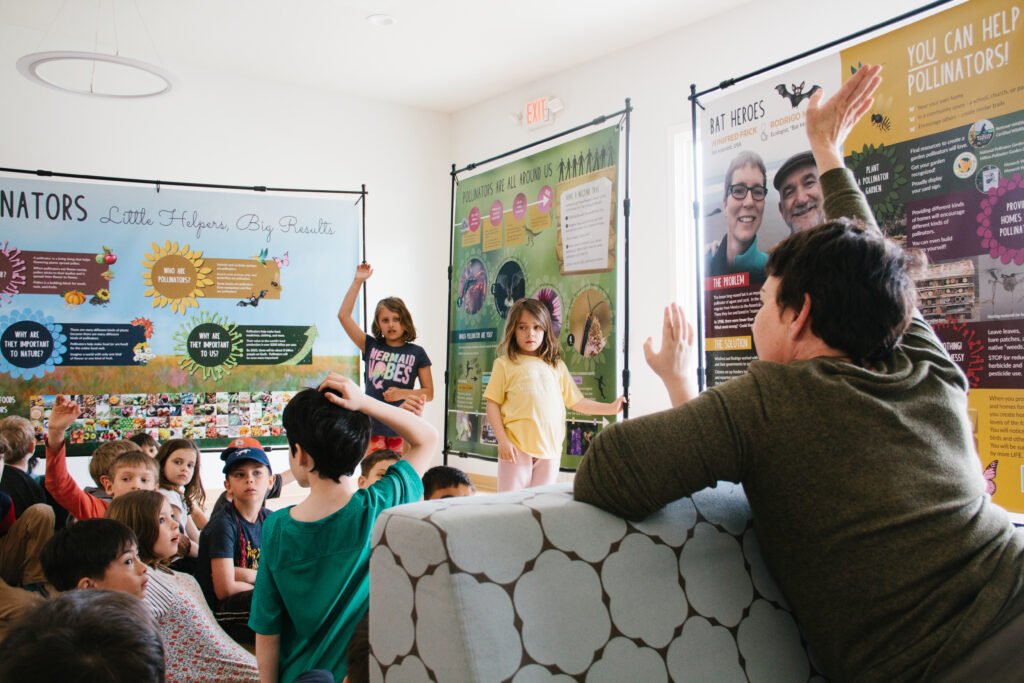
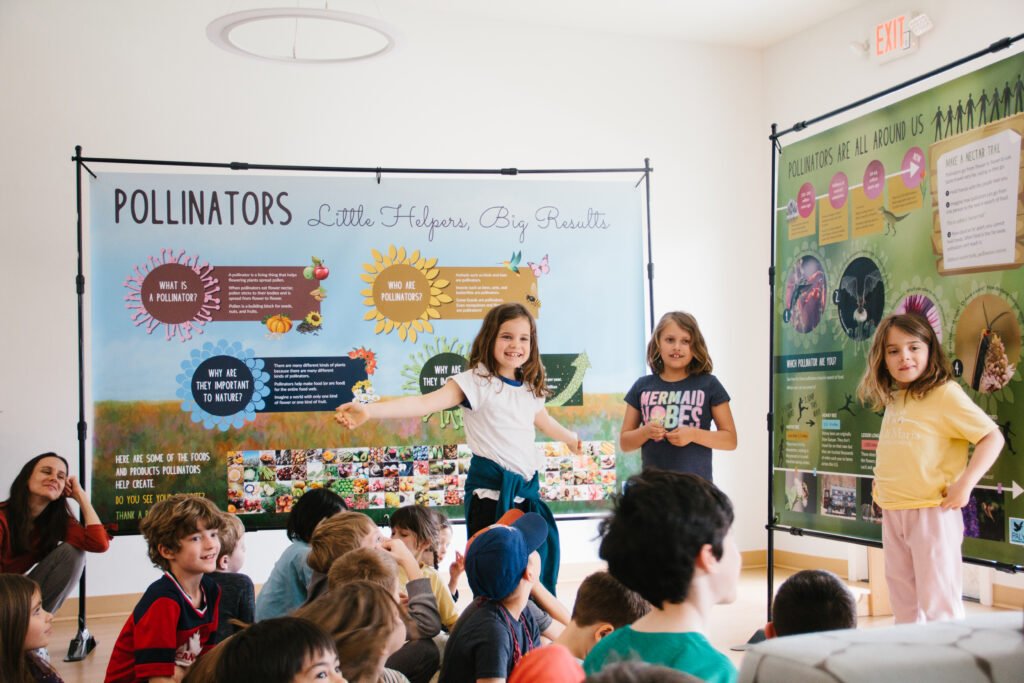
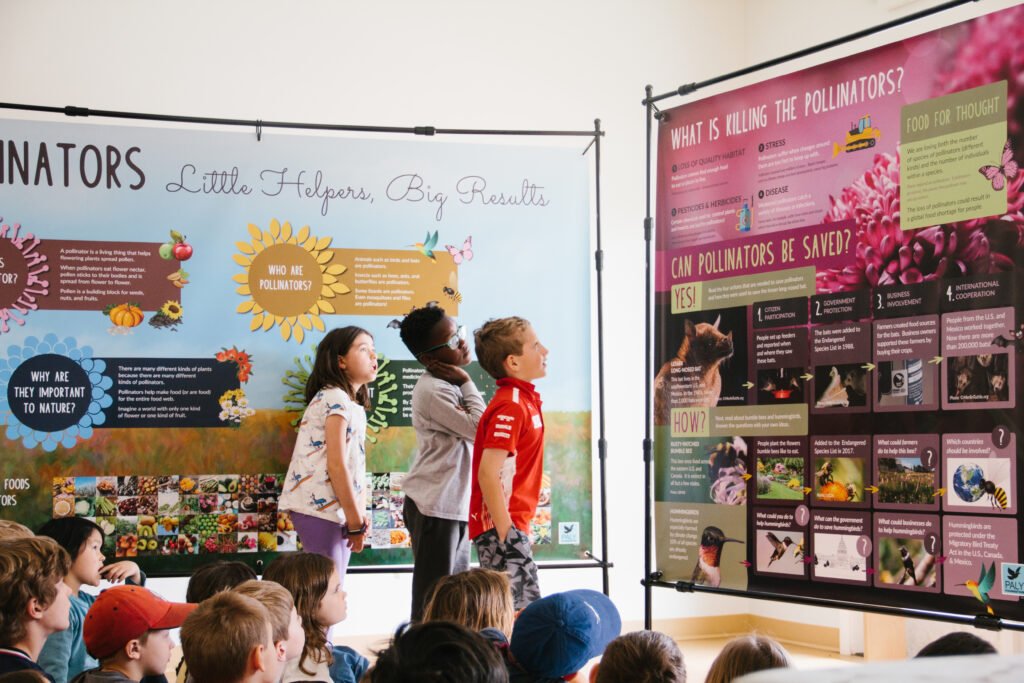

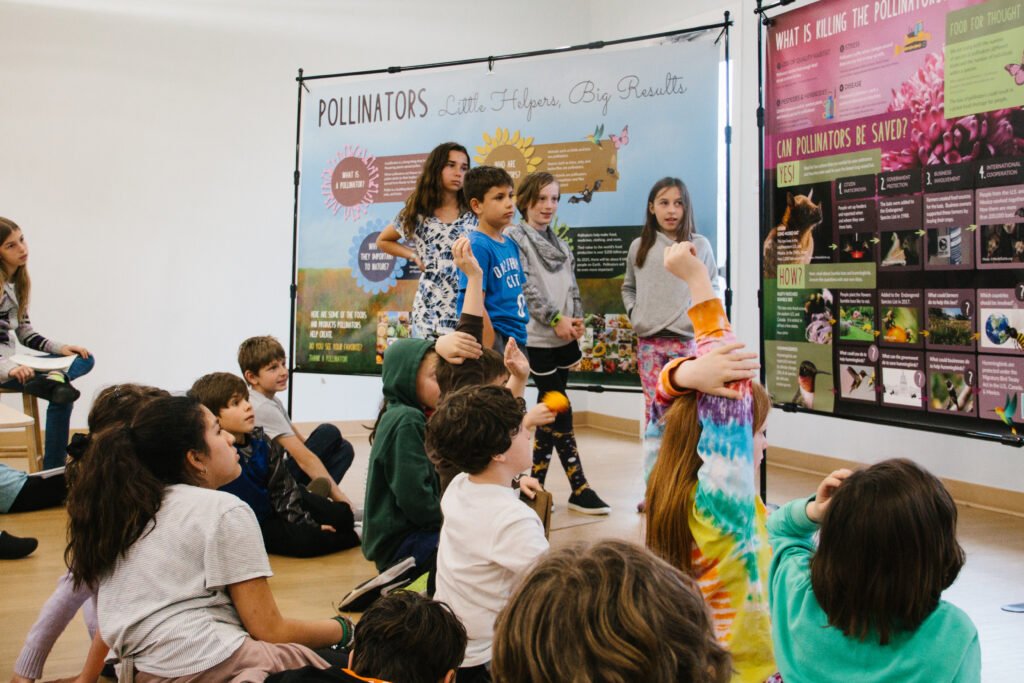
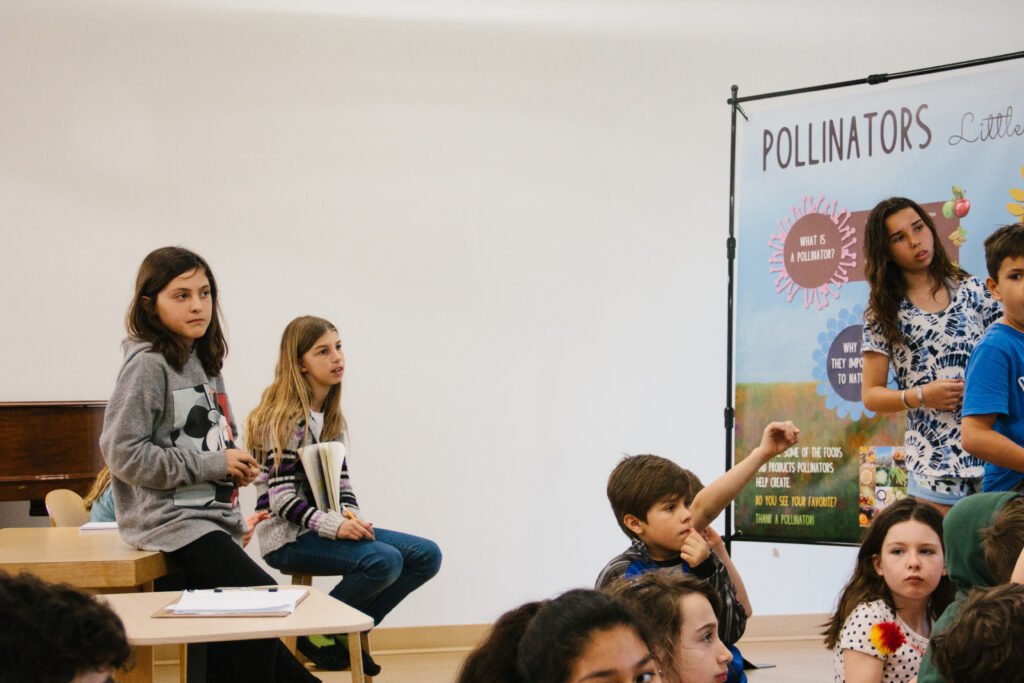 "Pollinators" along with other Paly Foundation exhibits can be viewed
"Pollinators" along with other Paly Foundation exhibits can be viewed 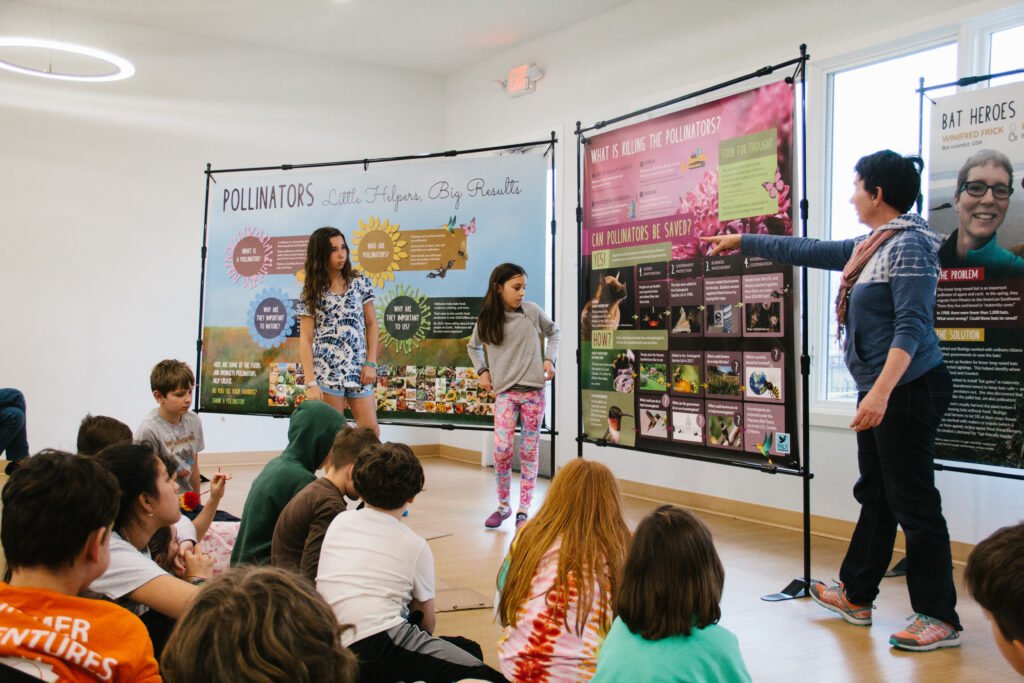

 Upper Elementary students, along with Stefan, our fearless Facilities Manager, have taken on the task of making the chickens a home at VdM. Here's a peek at one day of construction.
Upper Elementary students, along with Stefan, our fearless Facilities Manager, have taken on the task of making the chickens a home at VdM. Here's a peek at one day of construction. Our thanks go out to to Rick’s Ace Hardware, Norrenberns Lumber & Hardware and The Easy Chicken who donated most of the construction supplies.
Our thanks go out to to Rick’s Ace Hardware, Norrenberns Lumber & Hardware and The Easy Chicken who donated most of the construction supplies. 











 As they prepare for the coop, the chickens are being cared for and socialized!
As they prepare for the coop, the chickens are being cared for and socialized! Jade Venditte, thank you for sharing the pictures and for your tireless work on The Fund for Villa di Maria!
Jade Venditte, thank you for sharing the pictures and for your tireless work on The Fund for Villa di Maria!
 Explore American history through the experiences of women who lived in St. Louis over the centuries. The Missouri History Museum Guide can be found here:
Explore American history through the experiences of women who lived in St. Louis over the centuries. The Missouri History Museum Guide can be found here:  Add some Mighty Girl Picture Books to your home collection or look for them in the library!
Add some Mighty Girl Picture Books to your home collection or look for them in the library!  Did you know these women have notable connections with Missouri? “Unsinkable” Molly Brown, Josephine Baker, Tina Turner, Susan B. Anthony and Laura Ingalls Wilder...Read about them, talk at the dinner table and consider a day trip!
Did you know these women have notable connections with Missouri? “Unsinkable” Molly Brown, Josephine Baker, Tina Turner, Susan B. Anthony and Laura Ingalls Wilder...Read about them, talk at the dinner table and consider a day trip!  Tuesday, March 26, 2019 6:00 PM - 7:30 PMSaint Louis County Library, Oak Bend BranchFriday Frenzy: Get inspired by the great Frida Kahlo and create your own artistic masterpiece. Ages 6-12.
Tuesday, March 26, 2019 6:00 PM - 7:30 PMSaint Louis County Library, Oak Bend BranchFriday Frenzy: Get inspired by the great Frida Kahlo and create your own artistic masterpiece. Ages 6-12.  Tuesday, April 9, 2019 7:00 PM – 8:30 PMSaint Louis Public Library, Central Library
Tuesday, April 9, 2019 7:00 PM – 8:30 PMSaint Louis Public Library, Central Library Fri, March 29, 2019 7:00 PM – 9:00 PMShameless Grounds, 1901 Withnell Avenue, 63118
Fri, March 29, 2019 7:00 PM – 9:00 PMShameless Grounds, 1901 Withnell Avenue, 63118

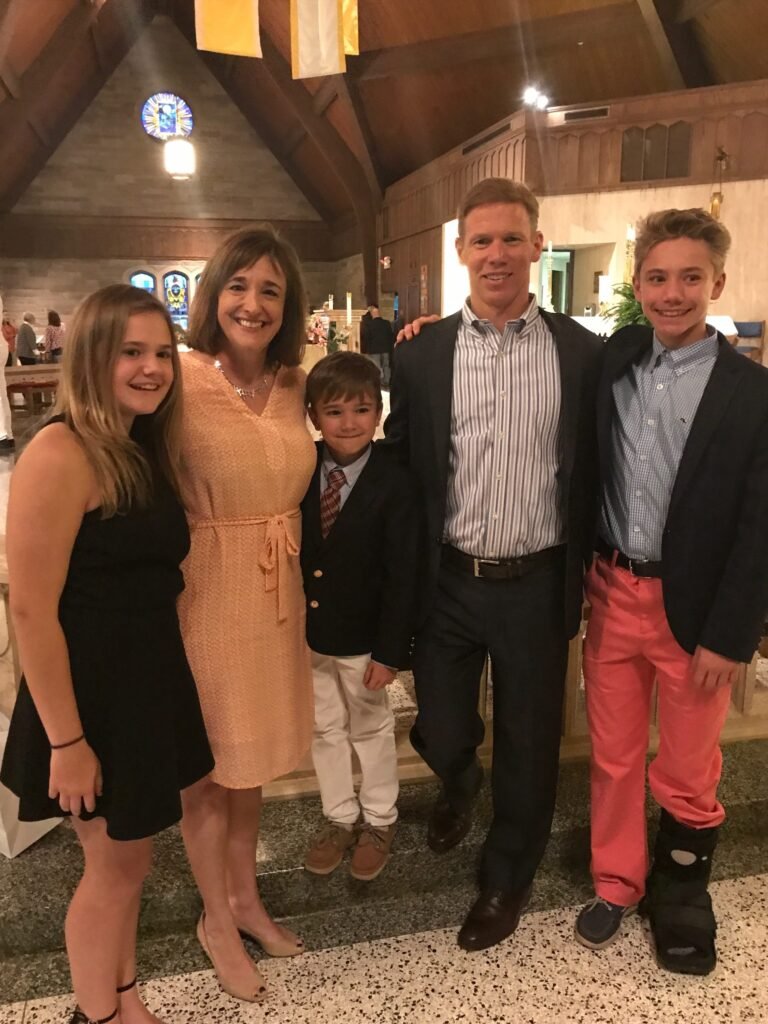

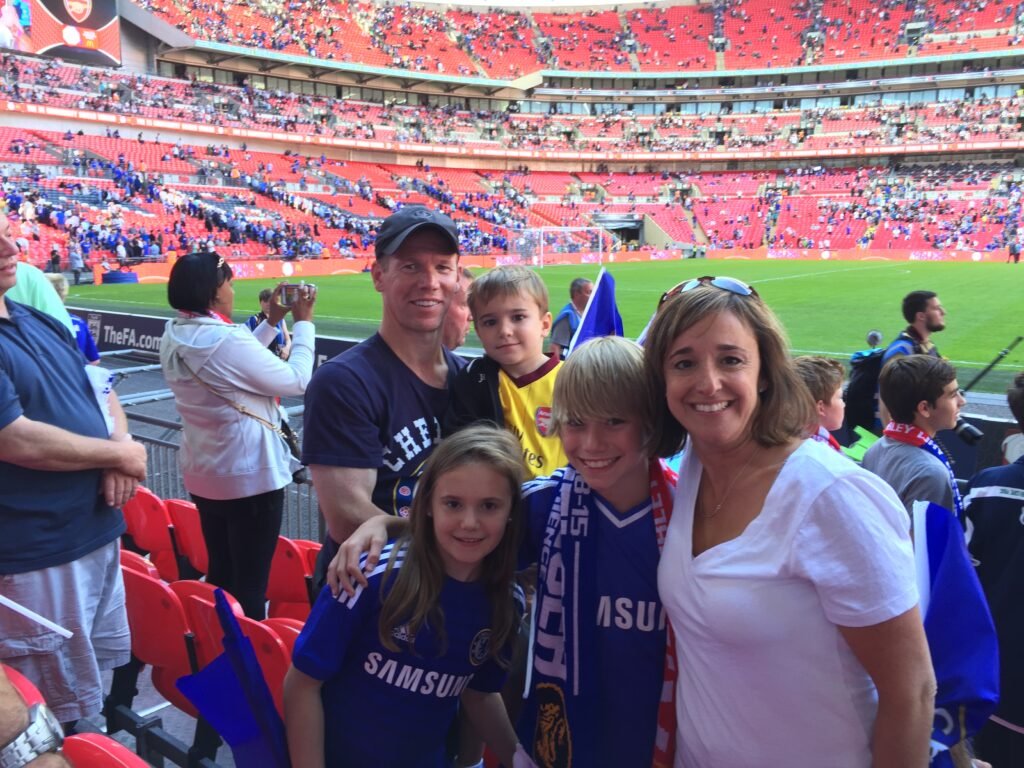
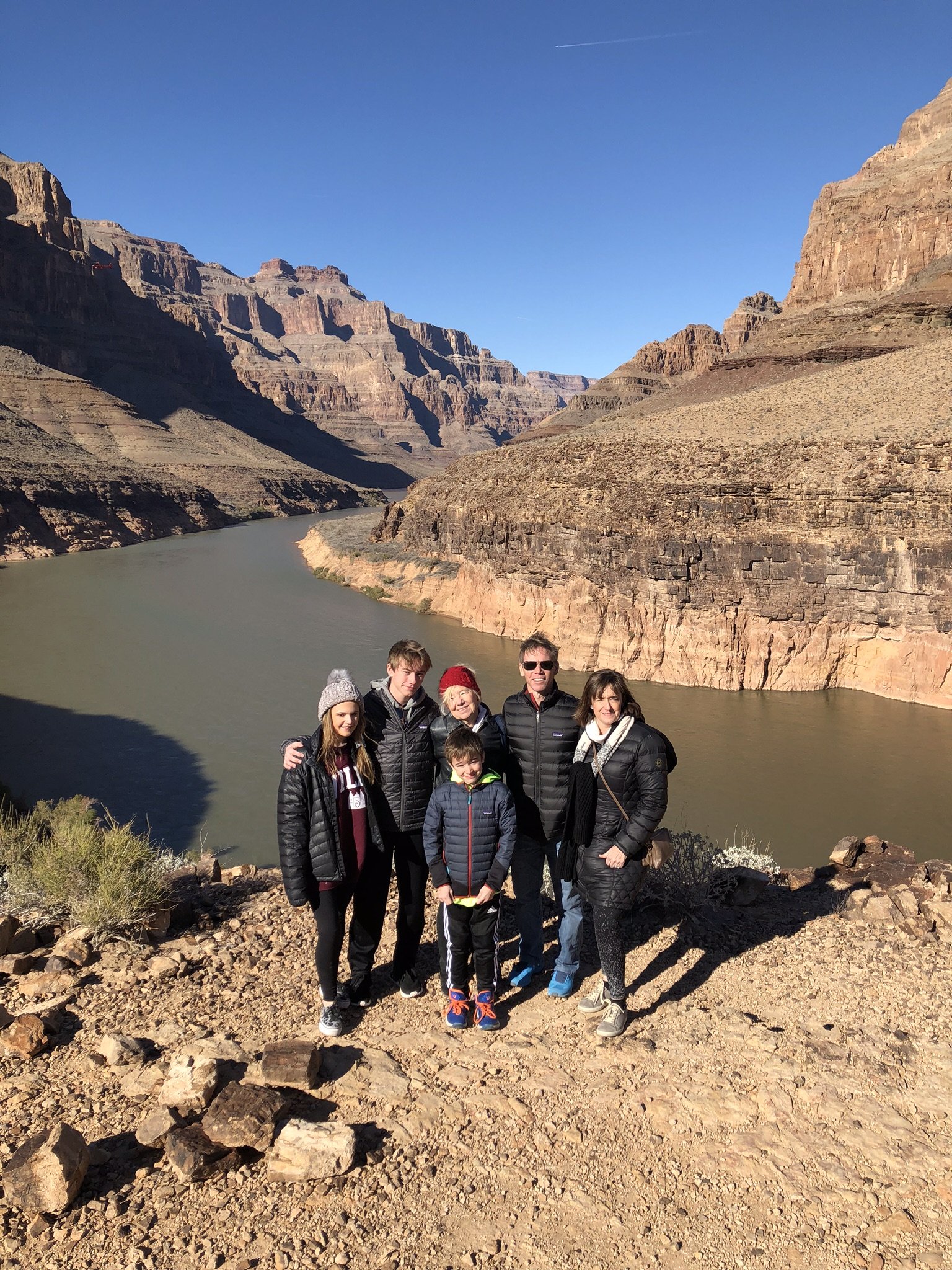

 Gabrielle attended Villa di Maria from age two to twelve and is now a freshman at Clayton High School. (And yes, she is the daughter of Mrs. McAuley, P1 guide extraordinaire.) She was struck by the opportunity to help bond the city with the county by connecting Clayton High School students with communities in other parts of St. Louis. To that end, she applied for and was granted a plot of land through St. Louis’s Land Reutilization Authority’s Garden Lease Program to start a community garden downtown.
Gabrielle attended Villa di Maria from age two to twelve and is now a freshman at Clayton High School. (And yes, she is the daughter of Mrs. McAuley, P1 guide extraordinaire.) She was struck by the opportunity to help bond the city with the county by connecting Clayton High School students with communities in other parts of St. Louis. To that end, she applied for and was granted a plot of land through St. Louis’s Land Reutilization Authority’s Garden Lease Program to start a community garden downtown. Good luck Gabrielle! It's a delight to see the good you are putting back into the world.
Good luck Gabrielle! It's a delight to see the good you are putting back into the world. February 1 - February 10
February 1 - February 10 February 9
February 9 February 16
February 16 February 24:
February 24: